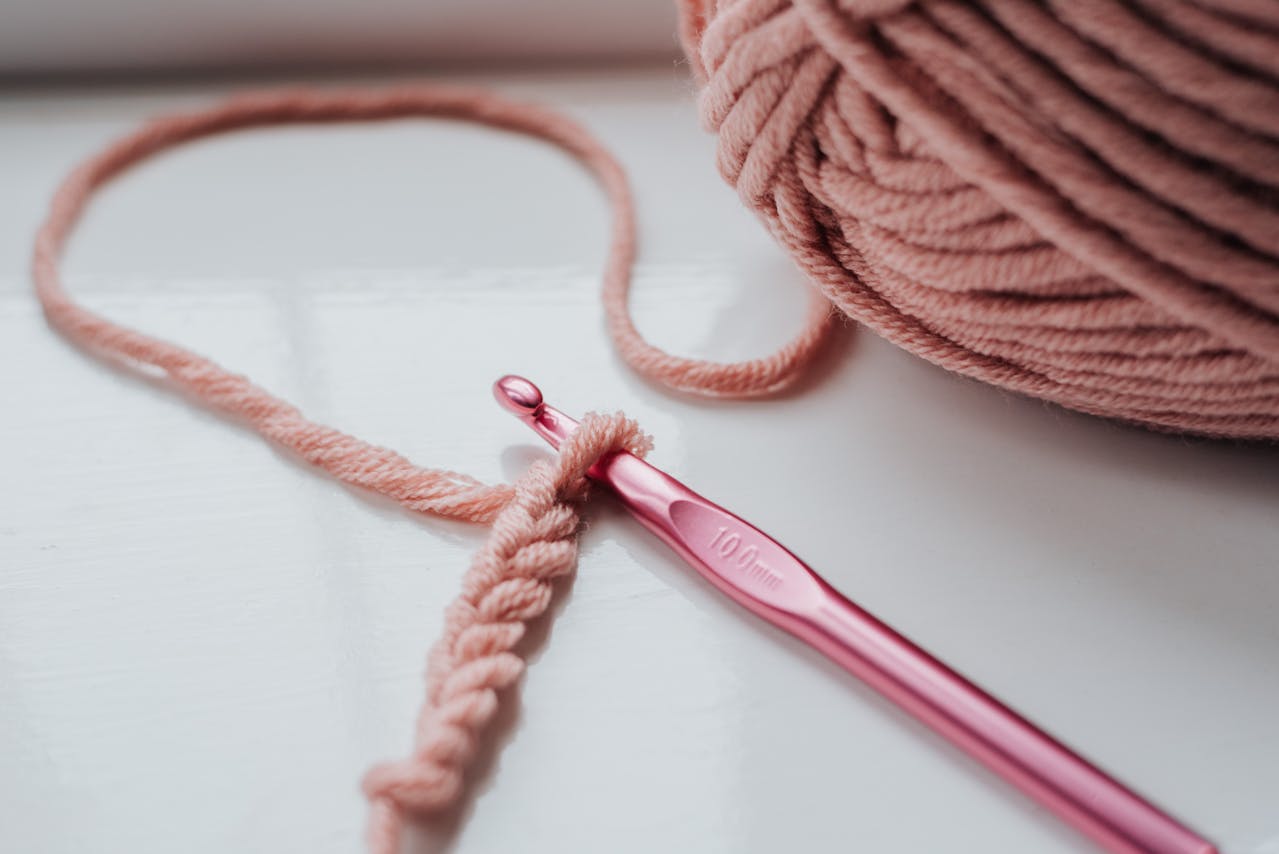Bamboo Yarn: Benefits, Drawbacks, and Uses

Bamboo yarn, derived from the fast-growing bamboo plant, has become increasingly popular in the textile industry due to its sustainable nature and unique properties. This article explores the benefits and drawbacks of using bamboo yarn, the various types and their specific purposes, and compares the longevity of bamboo fiber projects to wool and cotton projects.
Benefits of Using Bamboo Yarn
- Sustainability: Bamboo is one of the most environmentally friendly fibers, as it grows rapidly without the need for pesticides or fertilizers and requires minimal water. This makes bamboo yarn a sustainable choice for eco-conscious consumers.
- Softness: Bamboo yarn is incredibly soft and silky, often compared to cashmere. This makes it ideal for garments worn close to the skin, such as baby clothes, lingerie, and summer tops.
- Breathability: Bamboo yarn is highly breathable, allowing air to circulate and helping to regulate body temperature. This makes it suitable for warm-weather clothing and accessories.
- Antibacterial Properties: Bamboo fibers naturally possess antibacterial qualities, which help reduce odor and keep the fabric fresher for longer periods.
- Moisture-Wicking: Bamboo yarn effectively wicks moisture away from the skin, keeping the wearer dry and comfortable. This property is particularly beneficial for activewear and socks.
- Hypoallergenic: Bamboo yarn is gentle on the skin and hypoallergenic, making it a good choice for individuals with sensitive skin or allergies.
Drawbacks of Using Bamboo Yarn
- Cost: Bamboo yarn tends to be more expensive than other types of yarn, such as cotton and acrylic, due to the processing required to transform bamboo pulp into yarn.
- Durability: While bamboo yarn is strong, it can be less durable than some other fibers, such as wool, especially when wet. It may stretch or sag over time if not properly cared for.
- Care Requirements: Bamboo yarn often requires delicate handling, such as hand-washing and drying flat, to maintain its shape and texture. This can be less convenient compared to more robust fibers like cotton.
- Environmental Impact of Processing: Although bamboo itself is sustainable, the chemical processing required to produce bamboo yarn can be harmful to the environment if not managed responsibly.
Types of Bamboo Yarn and Their Uses
- 100% Bamboo Yarn: Pure bamboo yarn offers maximum softness and sheen. It's ideal for lightweight garments, baby clothes, and luxurious accessories that benefit from its silky texture.
- Bamboo-Cotton Blends: Blending bamboo with cotton enhances the durability and reduces the cost while maintaining softness and breathability. These blends are suitable for everyday wear and home goods such as towels and bed linens.
- Bamboo-Wool Blends: Combining bamboo with wool results in a yarn that offers both warmth and breathability. This blend is perfect for creating year-round garments and accessories that benefit from both fibers' properties.
- Bamboo-Acrylic Blends: Blending bamboo with acrylic adds affordability and strength, making it a practical choice for items that require frequent washing and durability, such as children's clothing and home decor items.
Longevity of Bamboo Fiber Projects Compared to Wool and Cotton Projects
- Bamboo Projects: Bamboo yarn projects can be long-lasting if properly cared for, but they are generally less durable than wool projects. Bamboo's strength is compromised when wet, and it can lose shape over time, especially if not handled delicately.
- Wool Projects: Wool is naturally elastic and resilient, retaining its shape well over time. Woolen items can last for decades if properly cared for, making them highly durable. However, wool requires specific care to avoid shrinkage and felting.
- Cotton Projects: Cotton is strong and durable, particularly when dry. It withstands frequent washing but can lose shape and become less vibrant over time. Cotton's durability can be on par with bamboo, depending on the quality and care provided.
In summary, bamboo yarn offers numerous benefits, including sustainability, softness, breathability, antibacterial properties, moisture-wicking, and hypoallergenic qualities. However, it comes with drawbacks such as higher cost, potential durability issues, and specific care requirements. Various types of bamboo yarn blends expand its versatility for different projects, from luxurious garments to practical home goods. While bamboo fiber projects are generally durable, wool projects tend to have greater longevity, with cotton projects falling somewhere in between.
Sign up for updates from Andrea Crochets and Knits and be the first to know about new patterns, tips, and cozy creations. Get inspiration for your next project—delivered right to your inbox!
References
Morgan, Jodie. “Bamboo Yarn - Guide to This Yarn Material & Best Uses.” Knitlikegranny.com, 16 Oct. 2022. Accessed 25 May 2024.
“Everything to Know about Bamboo Yarn.” BambooMN.com. Accessed 25 May 2024.
Tasneem, Samira. “Bamboo Fabric: A Sustainable Revolution or Mistake?” GreenCitizen, 5 Oct. 2023, greencitizen.com/blog/bamboo-fabric/. Accessed 25 May 2024.
Tonia. “All about Knitting Bamboo Yarn: Everything You Need to Know” TONIA KNITS.com. Accessed 25 May 2024.